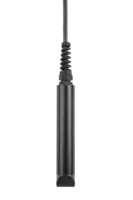
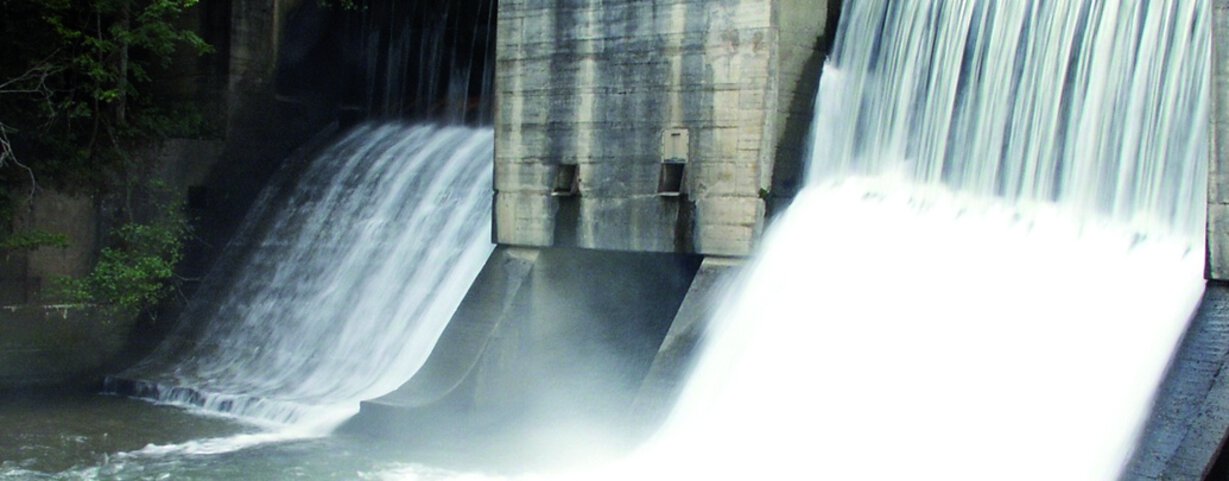
The power of water
Renewable energies and the move away from fossil fuels are becoming increasingly important. In 2020 alone around 20 % of Germany's final energy consumption was covered by alternative energies, including 18.6 billion kWh from hydropower. Internationally, the energy transition is a focus topic, as a result of which the movement has been subsidized with 302 billion dollar worldwide from 2004 to 2019. One of the countries that is consciously investing in renewable energies is Ecuador in South America.
Task
CELEC EP, the electricity company of Ecuador, operates several hydropower plants on the Rio Mazar river with a total capacity of 20.8 MW. Of this amount, 6.2 MW are generated at the Alazán station. The water required for this purpose is piped from the river to the power plant via a canal. However, since the river originates at an altitude of about 3850 m in the Andes and flows mainly through mountainous terrain, water use is subject to major climatic challenges.
The water becomes heavily turbid with sediments, especially after storms, which can lead to technical malfunctions and increased turbine wear in the power plant. A robust measurement with a digital turbidity sensor in the intake channel of the hydropower plant and the installation of a weatherproof transmitter on the bank of the channel should provide a remedy and enable early countermeasures. In addition, the cleaning intervals of the sand trap should be optimized.
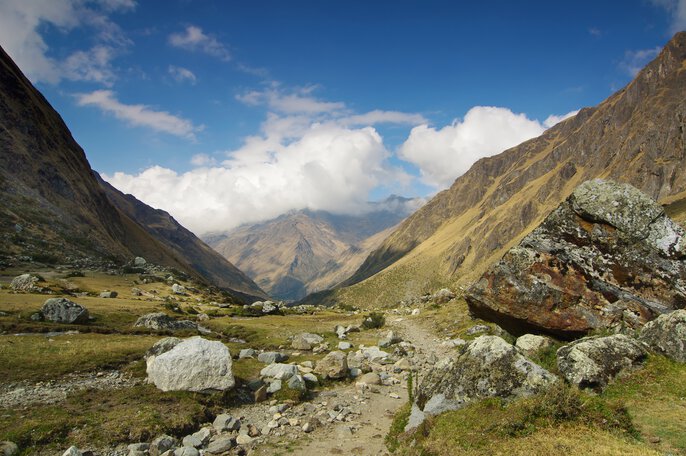
The Andes as a climatic challenge
Solution approach
All requirements were implemented by our representative in Ecuador, which is the company Swissesor under the management of Chief Executive Officer Mr. Michael Wohlend (Dipl.-Ing.). The JUMO ecoLine NTU digital turbidity sensor and the JUMO AQUIS 500 RS transmitter were used. The turbidity sensor can withstand a maximum flow of 3.44 m³/s. It has been fixed with 2 securing chains for stable measured values. To prevent the formation of tangles, it was also installed so that it is maneuverable using an immersion fitting on a cantilever arm with a chain in the inlet. The sensor's 90° scattered light principle allows a wide measuring range and use in a large variety of applications. The measurement data is processed directly in the sensor and transmitted to the JUMO AQUIS 500 RS indicating device via an RS485 interface using a Modbus RTU protocol that is particularly impervious to interference. From there it is forwarded to the power plant's SCADA system. The AQUIS itself has waterproof surface-mounted housing according to IP67 and has been fitted into a small control cabinet to protect it from the frequently harsh weather conditions.
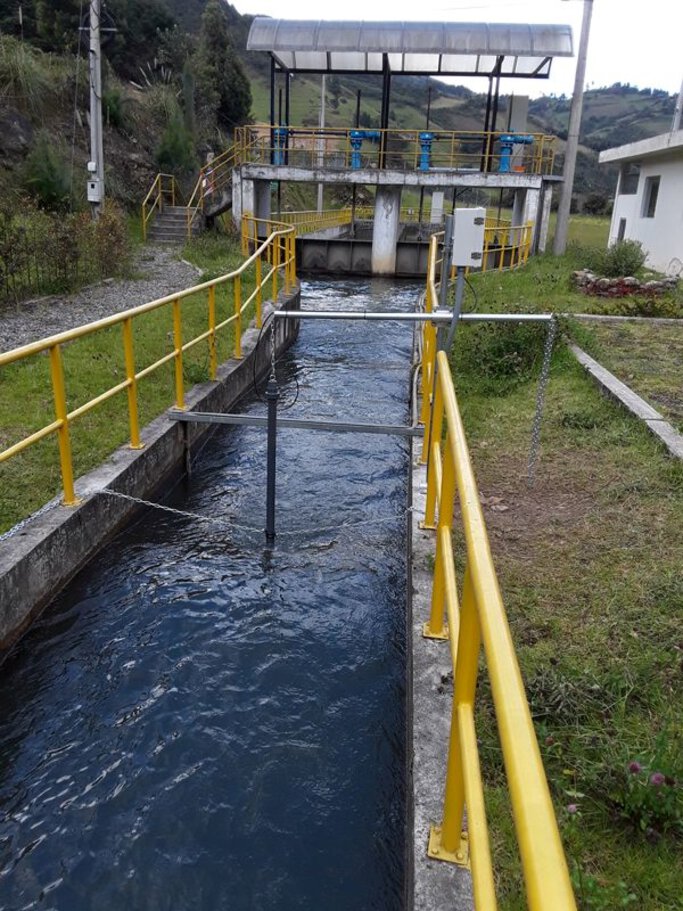
The sand trap inlet, fed from the river water, with sensor installation
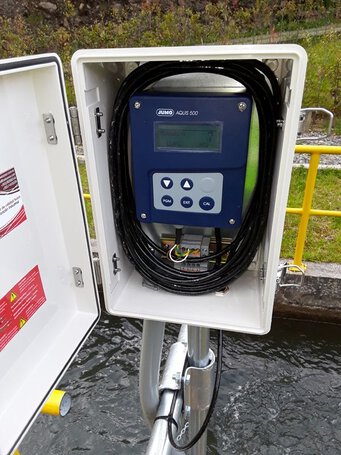
Control cabinet opened with JUMO AOUIS 500 RS as display and interface to SCADA
Project outcome
The customer wanted reliable control of water quality through continuous monitoring and transmission of turbidity values. These requirements were perfectly met by Swissesor, the JUMO representative in Ecuador, using ecoLine NTU and AQUIS 500 RS.
